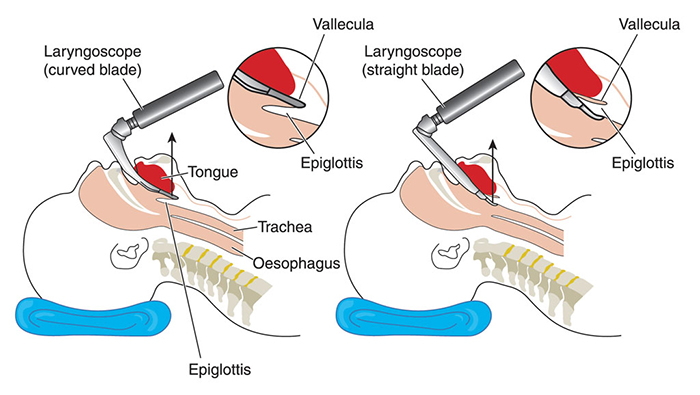Some respiratory problem needs urgent and immediate medical attention. There are cases when people have difficulty in breathing or they are not able to breathe at all due to either a blocked or damaged trachea. In such cases, endotracheal intubation (EI) is very helpful. EI is an emergency procedure performed on people who either are unable to breathe on their own or are unconscious.
With EI, an open airway is maintained and suffocation is prevented. While performing the procedure, the doctor will first administer a heavy anesthetic and then place a flexible plastic tube into the trachea or windpipe. The endotracheal tube is placed either through the mouth or the nose to facilitate breathing. The tube can also be used to deliver medication to patients.
More importantly, the endotracheal tube is also used to deliver oxygen and anesthetics to ease patients in respiratory distress. The purpose of the endotracheal intubation procedure is to help in cases of respiratory arrest, respiratory failure and airway obstruction. It’s also needed when someone is on a prolonged ventilator support. Another indication for the procedure is in patients suffering head injuries and multiple trauma.
Why is endotracheal intubation performed?
Emergency care is often the norm for patients facing respiratory problems or finding difficulty in breathing. There are also cases where patients are not mentally stable or are have severe trauma which may negatively impact their breathing ability. These are some of the conditions when endotracheal intubation is often used.
Here are some of major indications for the use of endotracheal intubation –
- When there is an urgent need to open the airways to provide patients with oxygen, anesthetic or medication
- In cases were lungs need to be protected
- When patients have stopped breathing or are having problems in breathing
- In case someone is not mentally fit, after multiple trauma or head injury
- When patients need a machine to breathe properly
- In cases where the patient is either facing airway obstruction, respiratory failure or respiratory arrest
- When the airway has to be opened completely to facilitate the flow of oxygen to allow normal breathing
- Also used in cases of severe flail chest or pulmonary contusion
- When patients need protection from aspiration
How is endotracheal intubation performed?
A team of specialist doctors will perform endotracheal intubation in the hospital. The procedure will also involve the support of an anesthesiologist.
Here is how EI is performed –
- In a typical EI procedure, the patient is first administered an anesthetic
- The medics will then wait for the patient to be sedated before further performing the procedure
- Then, the anesthesiologist will open the patient’s mouth and insert a small instrument
- The patient’s larynx or voice box is examined with the instrument
- Next, the patient’s vocal chords are identified
- A flexible plastic tube is then inserted into the mouth
- The tube is then connected to either a ventilator or a breathing machine
- Breathing is checked to see whether the tube has been correctly placed
- The endotracheal tube may be removed as per the doctor’s discretion
